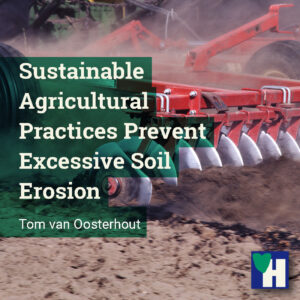
We support sustainable agricultural practices, such as ecological and biological agriculture and permaculture. Many farmers oppose sustainable agricultural practices.
They argue that sustainable agricultural practices are unable to feed the world population. Even though they are never able to back up this claim.
Fortunately, there are many ways to counter excessive soil erosion. It is no surprise that sustainable agricultural practices are at the top of the prevention and restoration list.
Some of the links are affiliate links. As an affiliate associate, we earn a commission when you purchase any of the products offered through the shared links at no extra cost for you. This helps us maintain this website.
Table of contents
A healthy soil
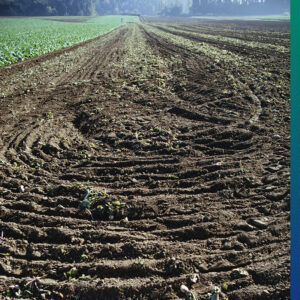
The soil has many functions, usually referred to as ecosystem services. Food and water filtration are 2 examples of such services.
Healthy soil contains various components: organic matter, biomass, water, air, minerals, and nutrients. For example, decomposing plants, animals, and microbes are organic matter.
The ecosystem services of the soil are in top condition when all these components are well-balanced. Healthy soil can be recognized with the human eye, by crawling animals and rich plant life.
Accelerators of soil erosion
There are many arguments in favor of sustainable agriculture. One of the most important is that it conserves the soil. Excessive soil erosion is one of the world’s most significant ecological problems.
Human activity is by far the biggest contributor to soil erosion. Agriculture I already mentioned. Deforestation, urbanization, roads, and climate change also do their part.
In 2013, scientists calculated that more than a billion tonnes of rich agricultural topsoil are lost to erosion every year in Southern Africa. If continued, this will result in halving crop yields within 30 to 50 years.
The problem with soil erosion is that the yields of eroded farmland are substantially lower. This contradicts the claims of conventional farmers that only they are able to feed the world. Their agricultural practices degrade the soil more and more. Their solution, artificial fertilizer, is one of the accelerators of soil erosion.
Topsoil
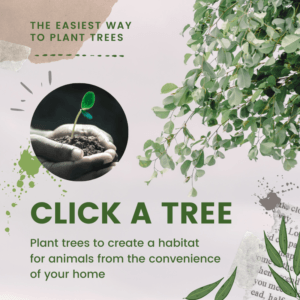
Water and wind are the most important agencies of soil erosion. Tillage decomposes the topsoil, giving water and wind all the space they need. They both remove the fertile topsoil.
When you see a huge dust bowl crossing open farmland, that is wind erosion. Water, mostly from excessive rain, flushes the topsoil away, often exposing barren land.
It is already bad that this fertile topsoil erodes, but where we live erosion contributed to the destruction of all flora and fauna of one of the biggest European lagoons: Mar Menor.
Excessive rainfall flushed away much of the existing topsoil into the lagoon. But the topsoil contained an even more excessive amount of poisonous pesticides and artificial fertilizers. All animals and plants in the lagoon were dead within 24 hours.
Deforestation
Slash and burn is a century-old practice, turning forests into farming land. The land left behind is prey to water and wind. This process is accelerated because the surrounding, and now cut away forests, retained water and kept the fertile topsoil in place.
In various countries, the slash and burn practice rendered huge fields of potential agricultural land unproductive. The fertile topsoil eroded so fast, due to runoff by water and wind, that no crops could grow.
An example is the island of Madagascar, on the east coast of Africa. There 10% of the island’s total land area has become sterile of any vegetation in excess of 50 meters deep, due to slash and burn practices.
Related: What are the Positive Effects of Deforestation or are the Negative Effects Worse?
Shelterbelts
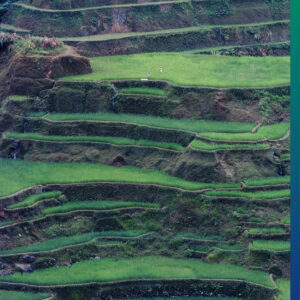
Sustainable agricultural practices are the most effective methods to prevent soil erosion and restore eroded soils. Of course, forestation is also an important way to prevent soil erosion and restore affected soils.
In mountainous areas, a proper means of erosion control is terracing. All over the world, this has been practiced for thousands of years. So-called shelterbelts of trees and shrubs, break the wind.
Rows of trees and low shrubbery do not only shelter the topsoil from blowing away, they also retain water, and offer habitats for animals who are beneficial for the vegetation. The increase of vegetation is the core of every improvement of soils.
Forests and shelterbelts also give agricultural landscapes a more pleasant outlook. And on a more global scale of the climate change problem, vegetation sequesters huge amounts of carbon dioxide.
Sustainable agricultural practices
Forests and shelterbelts also create microclimates for crops. In permaculture, this is one of the most significant conditions. Other sustainable agricultural practices which are favorable to healthy topsoil are mixed-cropping and crop rotation.
We are member of Red Murciana De Semillas. It is a regional membership association that promotes the cultivation of (rare) seeds within the context of sustainable agriculture.
During a 2-day course, we were introduced to the intricacies of sustainable agriculture. The core of sustainable agriculture is the nurturing of the soil. In which crop residues are significant. Such residues prevent the soil from breaking up during heavy rainfall and strong winds.
Related: What is Permaculture Farming, and Why can it Save Biodiversity?
ECOPRAC
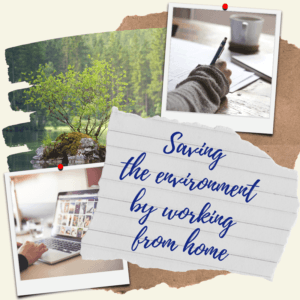
Sustainable agricultural practices include, in our view, consideration of other ecological issues. Such as climate change, and the prevention of the pollution of the air, water, and soil.
To our surprise, we often encounter an excessive use of plastics in local sustainable agricultural practices. Or mechanized agricultural devices, using fossil fuels and producing unhealthy exhaust fumes.
Fortunately, there is a very good alternative for such practices. ECOPRAC manufactures stainless steel hand tools on a small scale. Their tools facilitate agricultural tasks. ECOPRAC is very aware of the importance of sustainable agriculture, both for the environment and for the farmer.
Agricultural craftsmanship
Conventional farming is easy. Conventional farmers are surrounded by an army of commercial consultants. These consultants are linked with big agricultural multinationals. These companies leave the farmers no room to move.
As a result, in conventional agriculture, the advantages are immediately visible, in crop yields and there are no weed and pest problems. However, the costs of conventional agriculture for existing ecosystems are hidden and externalized to future generations.
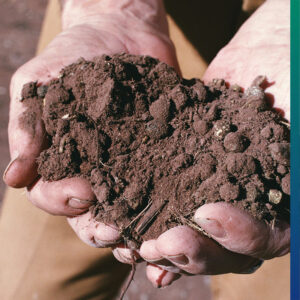
In contrast, sustainable agricultural practices protect the soil from eroding. And the scope of such practices goes far beyond this objective. These practices also have a substantial impact on social life in small-scale local communities. They also, for example, reduce energy use, have a minimal ecological footprint, fewer consumer packaged products, short food supply lines, and few processed goods. However, the profits of sustainable agricultural practices are only uncovered in the medium and long run.
What most people tend to forget, is that sustainable agricultural practices are a huge challenge for farmers, and local farming communities. Sustainable agricultural practices require far more agricultural craftsmanship. Education and training are key to prosperous sustainable agricultural practices. This is, however, a worthwhile challenge, don’t you think?
What is your opinion about sustainable agricultural practices? Please let us know in the comment box.

Thank you so much for sharing a post like this. Because there are very few things like what is in this post today on the internet. Awareness like this is very important. In fact, soil erosion has become a major problem in the world today. Because of what most people do. In fact, we must adopt sustainable agricultural practices to prevent this. I think shelterbelts are a good way to prevent soil erosion. This is the method followed in the mountainous areas of our country as well.
Hi Pasindu,
Thank you for your comment.
Sustainable agriculture differs from region to region. Sometimes it is easy, but when a lot of sun or water is involved, it gets more complicated.
The best way to handle such differences is by experimenting with different crops and alternative procedures and techniques. Perhaps next time you could share some of those alternatives with us?
For now, stay safe, stay healthy.
Regards,
Tom
People tend to grab onto their habits like their life depends on it. My parents started their backyard garden as a hobby and now they grow enough veggies and greens for both of them for a whole year. All organic, safe and well-documented.
Hi Hailey,
Excellent of your parents. Apparently, they have the time and space for such a wonderful effort.
Many people live in apartment buildings and have to work all day and when they come home they have to take care of the children or their parents. Often both.
Because in city planning everything centers around car accessibility, there is hardly any green space left anymore. Which makes it very difficult for most people who live in cities to grow their own food.
To change such planning errors will take at least ten generations. If at all.
Thank you for your comment.
Regards,
Tom
It’s easier and cheaper to say it can’t be done; this way you don’t have to learn new technology, hire new staff and invest in the proper technology and devices. We can’t go on destroying forests forever, we’re already experiencing the many side effects with the latest floods.
Hi Brianna,
The interesting thing with floods is, that they are this year here and the other year there. A couple of years ago we had some serious floods here in Spain. Now there are some serious floods in Belgium, Germany and The Netherlands. Next year it’s Bangladesh turn again.
It’s different with forest fires though. Last year they were everywhere. It would make more sense if the excess amounts of rain would fall in areas with high forest fire risks. This is, however, not the case.
Climate change plays many tricks on us, and this will not change for the next couple of thousand years.
So for now, let’s stay safe and healthy.
Regards,
Tom